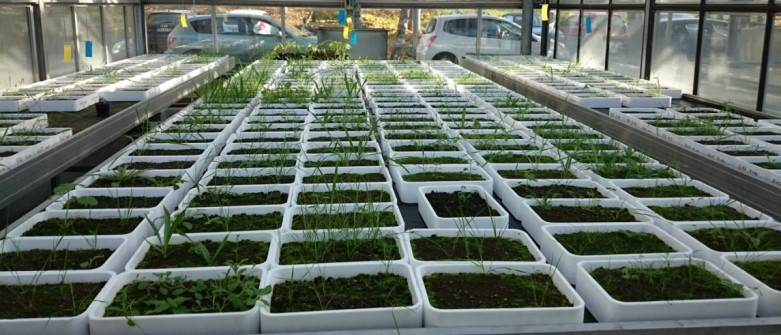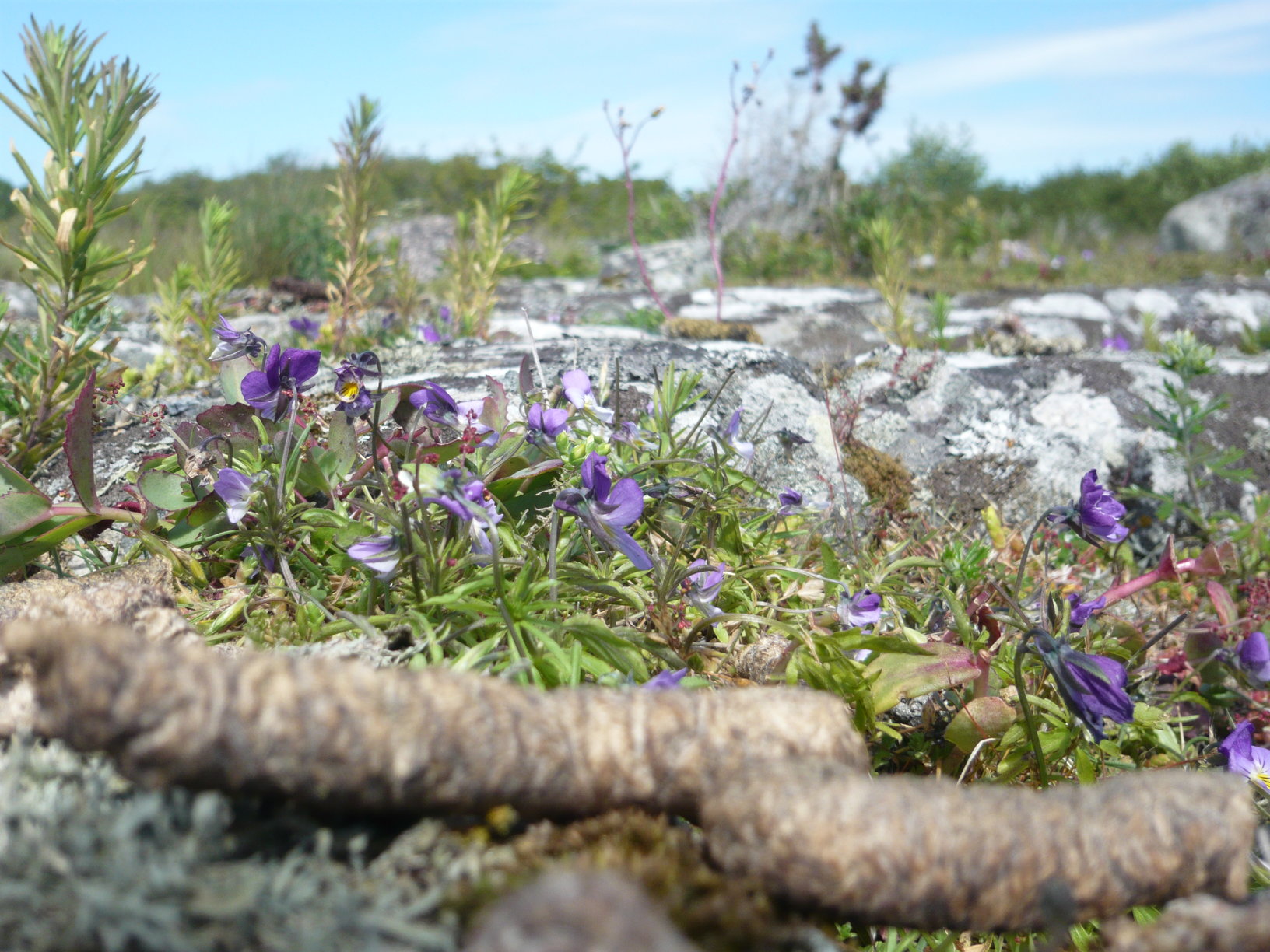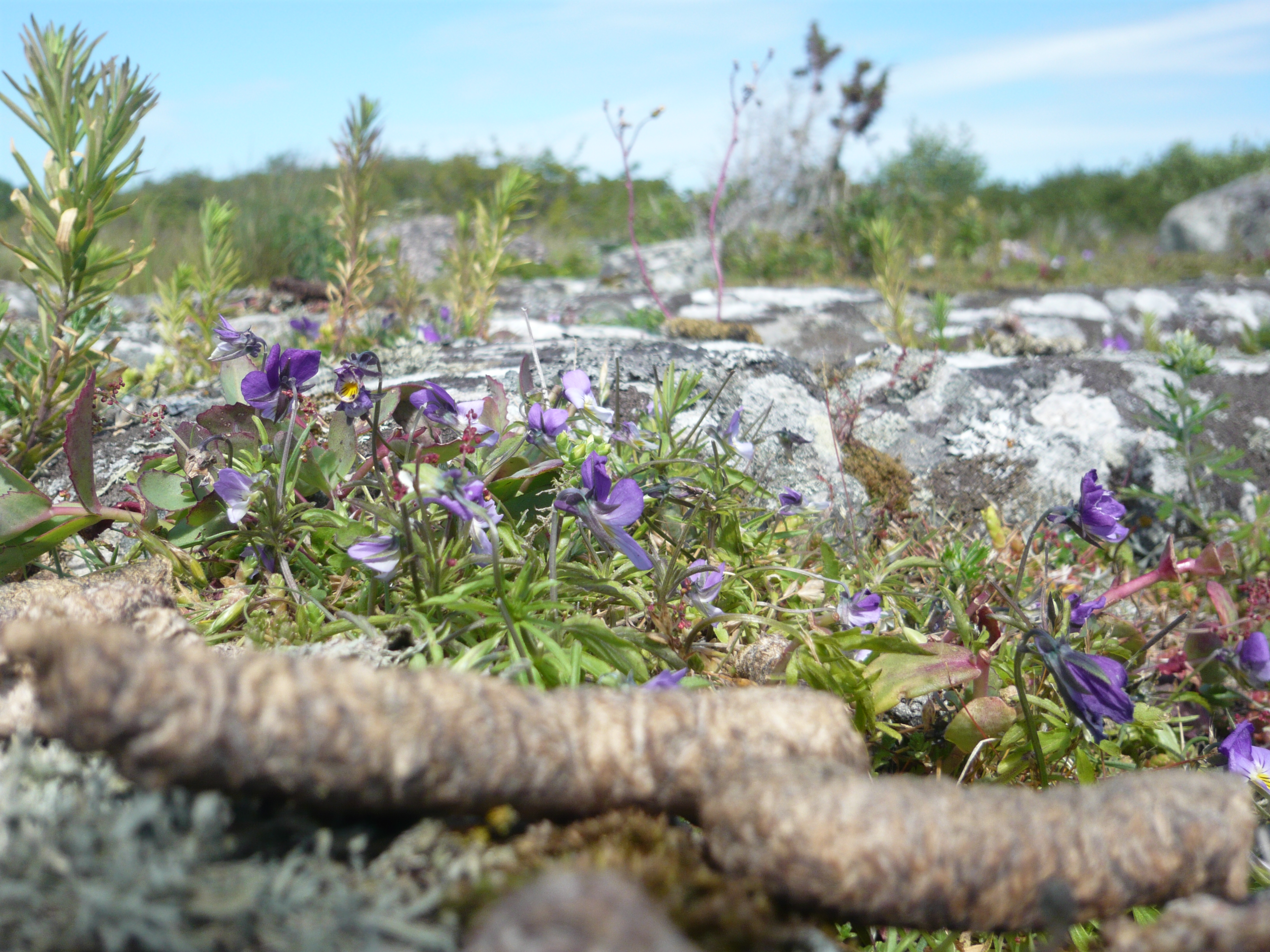Two new papers on the effects of Garden Lupine on mountain meadows
Posted by Karl Filipsson | PapersLutz Eckstein, professor at Karlstad University, is involved in two recently published papers, studying the effects of invasive Garden Lupine (Lupinus polyphyllus) on vegetation and seed bank of mountain meadow plant communities.
The first paper together with Wiebke Hansen (first author), Julia Wollny, Annette Otte and Kristin Ludewig, published in the journal Biological Invasions (https://doi.org/10.1007/s10530-020-02371-w), found that the invasion of Garden Lupine homogenizes vegetation composition. The similarity among plots increased with increasing lupine cover in three different vegetation types. L. polyphyllus affected species diversity in terms of richness and effective species number but in rather complex ways, i.e. plots with low to intermediate lupine cover had higher species diversity than control plots. Probably, the invasion though Garden Lupine is linked to significant species turnover. A very clear effect was found for community-weighted means of species trait. In all three vegetation types studied, the canopy height of the community increased with increasing lupine cover, whereas especially in the low-productive Nardus grasslands, leaf dry matter content decreased and specific leaf area increased. Thus, the Garden Lupine shifted the suite of community traits towards more competitive trait values. This may lead to overall more productive plant communities from which rare, low-growing herbs and grasses will disappear.

The second paper with Kristin Ludewig (first author), Wiebke Hansen, Yves Klinger, and Annette Otte, published in the journal Restoration Ecology (https://doi.org/10.1111/rec.13311), analyzed the effects of increasing cover of Garden Lupineon the seed bank of mountain meadows, and the potential of the seed bank of these stands for active restoration of mountain meadows in terms of species composition and number. The authors conducted a seed bank analysis on 84 plots with increasing cover of L. polyphyllus in three mountain-meadow types of the Rhön Biosphere Reserve, Germany. Seedlings from 119 species germinated from the seed bank samples, including 17 Red List species but only a few seedlings of L. polyphyllus. While the influence of L. polyphyllus on the current vegetation was visible, no effects on the seed bank were apparent. L. polyphyllus had no influence on total seed density, seed density of typical mountain-meadow species, or species numbers in the seed bank. Only the seeds of the Red List species were significantly related to the cover of L. polyphyllus. The authors conclude that the seed bank offers potential for active restoration of species-rich mountain meadows, but species absent from the seed bank have to be added by other measures.
Kristin Ludewig, Wiebke Hansen and Yves Klinger will presents these and other results from a large restoration project in the UNESCO Rhön Biosphere Reserve at the RivEM week.



 För ungefär en månad sedan uppmärksammade vi en forskningsartikel som handlade om hur grågåsen genom sin spillning är viktig för växters spridning på skärgårdsöar i Östersjön (
För ungefär en månad sedan uppmärksammade vi en forskningsartikel som handlade om hur grågåsen genom sin spillning är viktig för växters spridning på skärgårdsöar i Östersjön (
